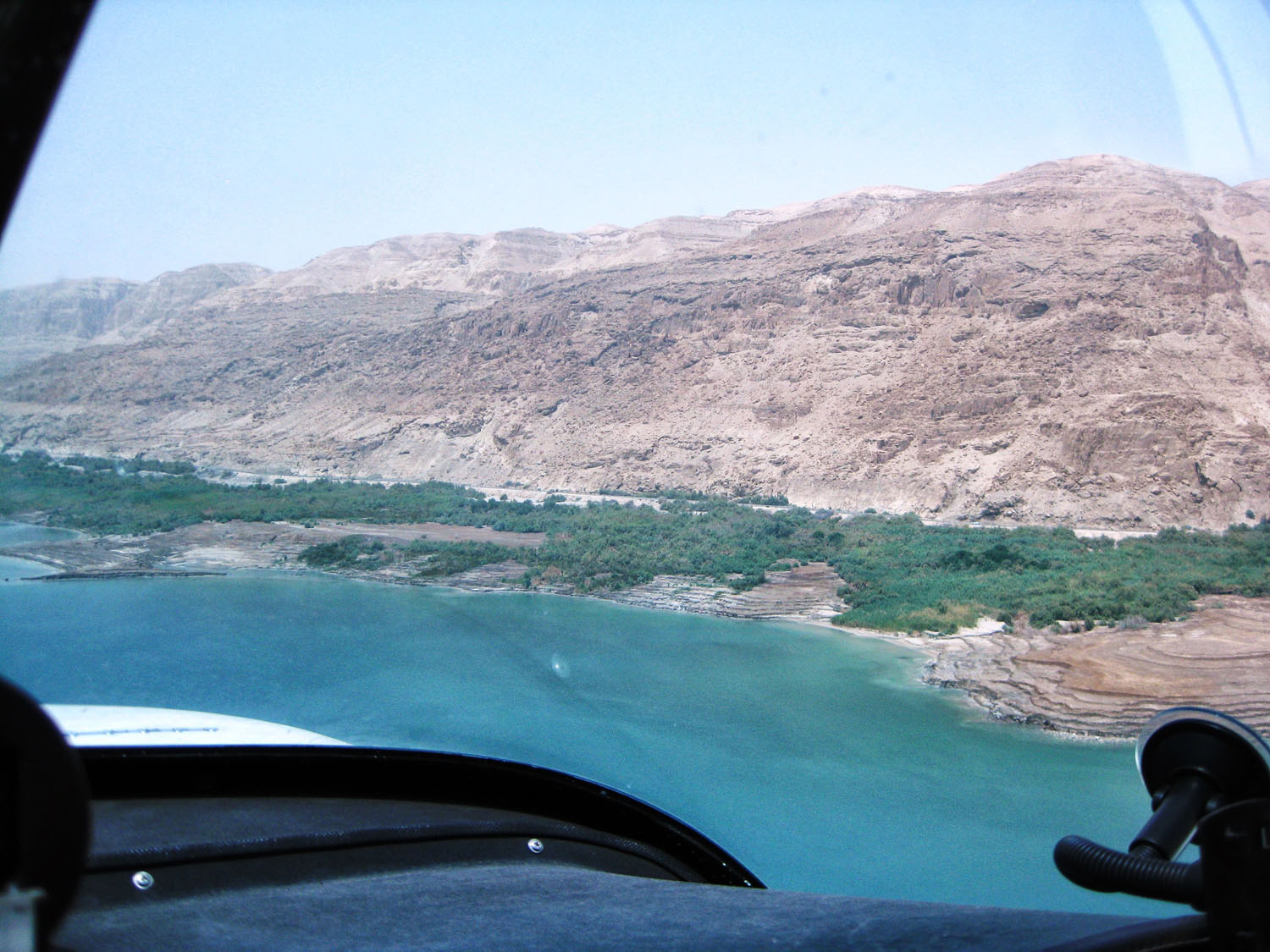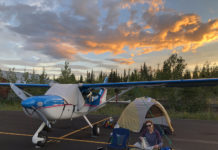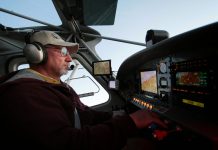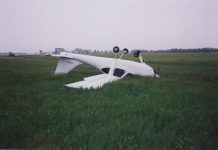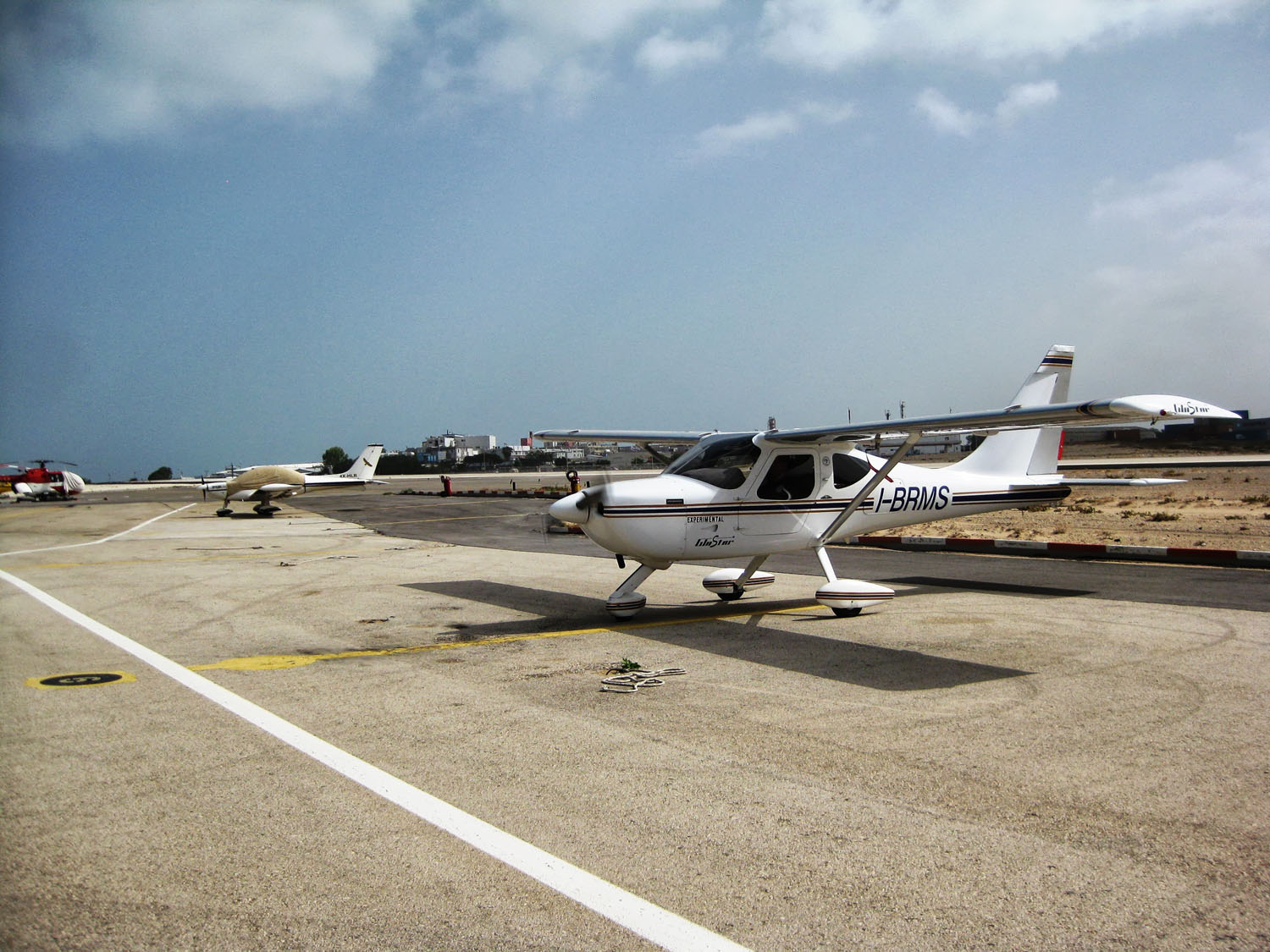
It’s quite understandable that it took about 5 months of preparation for the most beautiful flight in my 20 years light aircraft flying. But it was not without challenges. We had 2 types of difficulties: Long flight leg over open sea; and Israeli entrance permissions.
The Rhodes-Cyprus leg is 300 nautical miles. No alternates – open sea only.
I suggest readers who are not familiar with European geography, to follow the routing on Google earth.
During the last week of May 2013, four Italian light aircraft; three Italian-made Tecnam (Rotax 912 engine) and my I-BRMS GlaStar with a Lycoming O-360 engine and Hartzell constant-speed prop) left Italy flying from Salemi airfield near Palermo, Sicily for the first part of the journey to the Greek Rhodes hopping to marvelous Greek islands like Kerkira, Santorini, and Crete without any safety issues as there are lot of islands with small airport on each island.
The Greek aviation authority – CAA cancels landing fees at Greek airports for the summer in order to increase tourism by light aircraft. We always landed at airports with commercial traffic, so we preferred to hire a handling agent to make the administrative procedure smoother. AOPA members only pay a 24 Euro handling fee because of an AOPA Hellas agreement with the handling company.
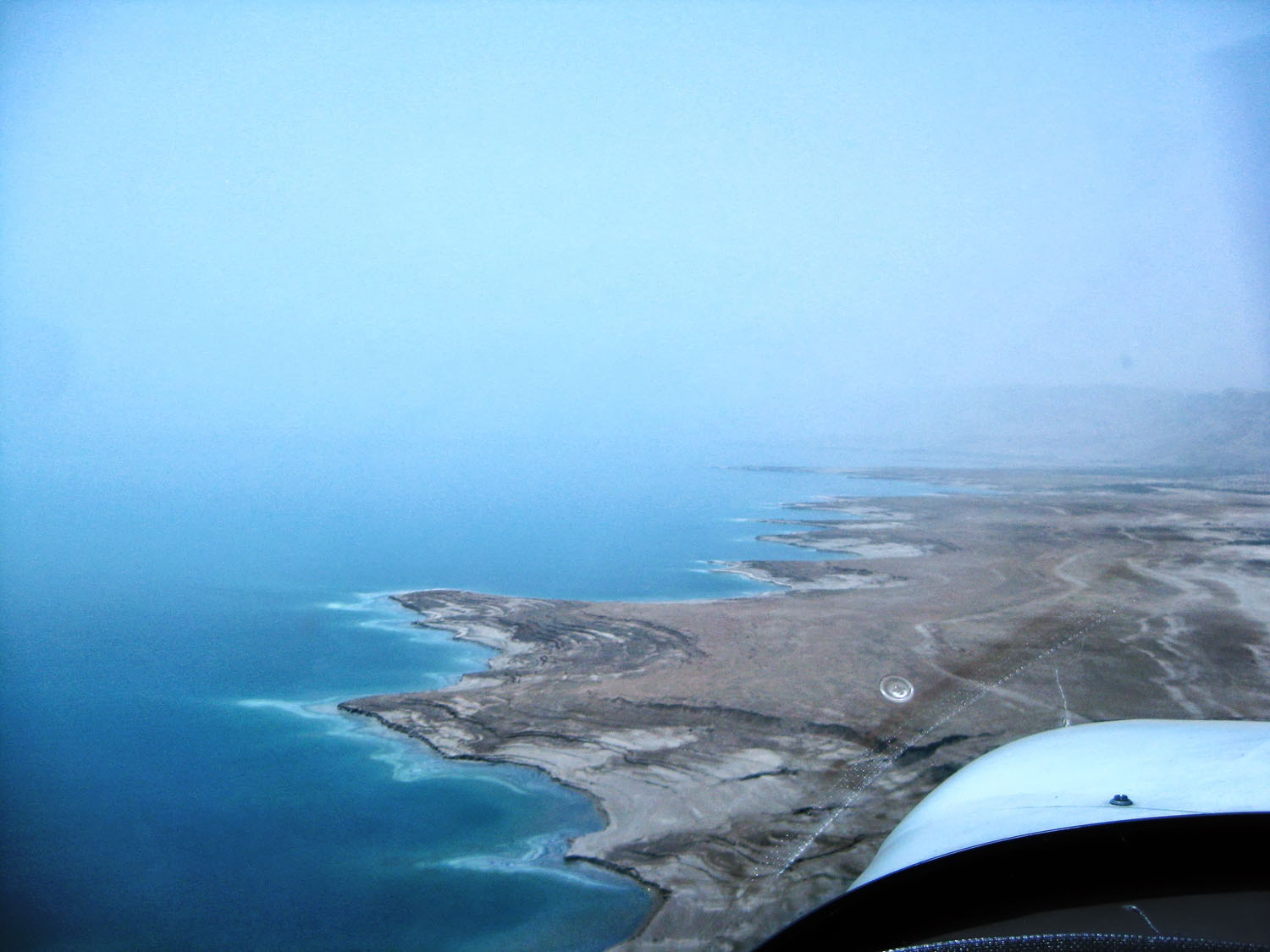
The only port one may enter Israel in a light aircraft is Haifa (LLHA), so we were obliged to fly from Rhodes to Cyprus and from Cyprus to Haifa.
The Rhodes-Cyprus (Paphos airport) leg is 300 nautical miles. No alternates – open sea only. A good autopilot is a must. I have Trutrak in my plane and I loved it even though I can confirm the experiences previously discussed on the Glastarnet forum: at low speed and in climb configuration it is hunting, but if you are aware of this peculiarity and you are prepared it’s not a problem. However, take into consideration that the only reference point you have is the water, which at low visibility is not enough, so maximum care must be taken.
For safety equipment, beside the usual life jacket, I had a one-man military life raft in the back, fluorescent dye to increase visibility for the rescue helicopter, and an emergency breathing air supply canister good for about 30 seconds. A big, very good quality pocket knife can be useful in case of need.
People flying to Cyprus please try to avoid this island: very high landing and handling fees! Twice we paid 150 Euro for nothing (2 hours stay, just for refueling).
Cyprus-Haifa: same blue scenery, but 220 miles.
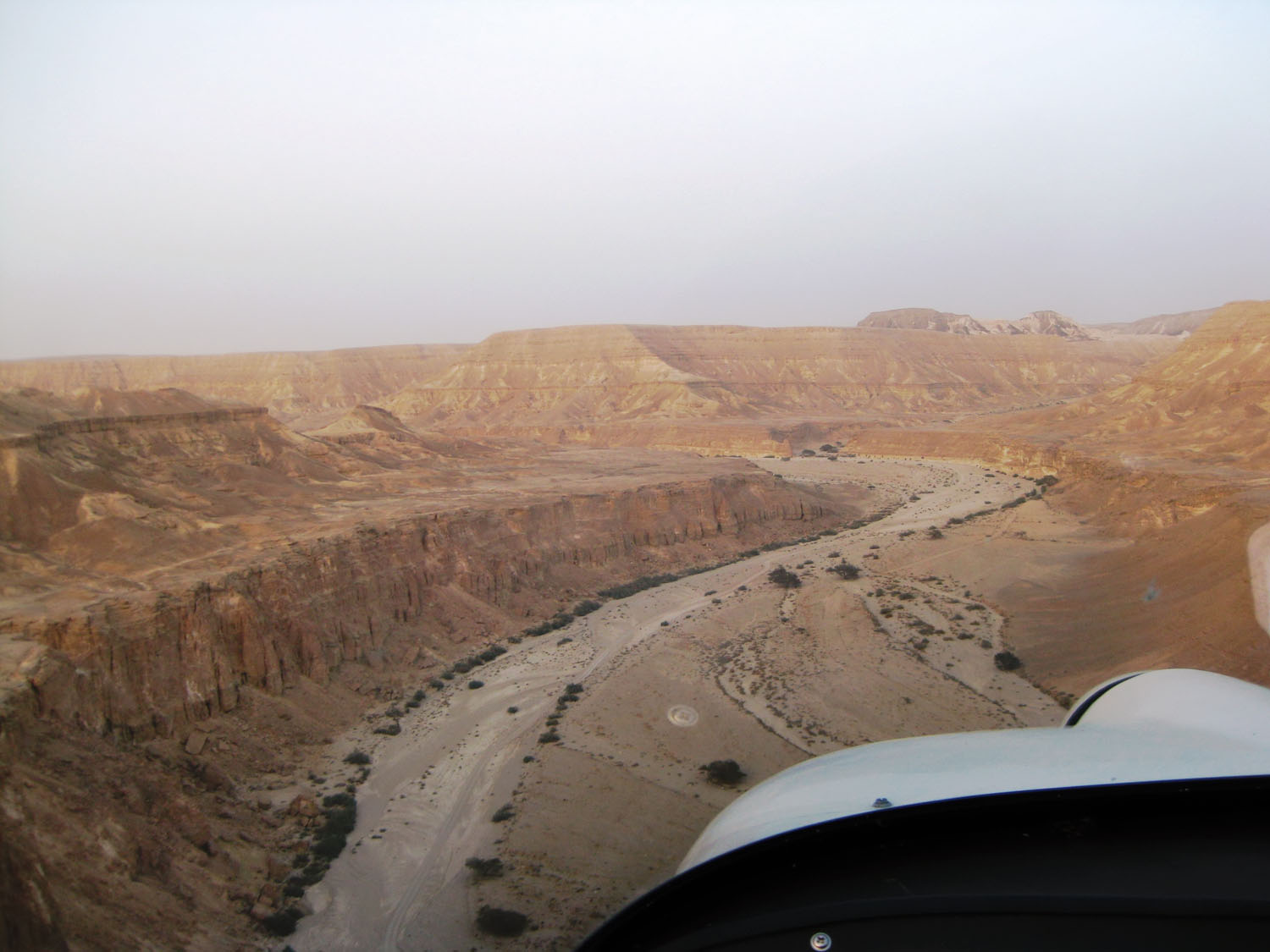
Israeli entry permission
Israeli Aeronautical Information Publication (AIP) gives a precise description about the preliminary entrance procedure. Don’t forget that this is one of the hottest point in the world: Haifa-Lebanon border (Hezbollah) 10 miles, Golan HeightLebanon-Syria-Jordan nearby, etc.
A form must be filed and sent to the Israeli security authorities, then upon receipt, they call you by phone and for 40 minutes they will question you. If they are happy with your answers (and they were happy with our answers) they issue a preliminary entry permission within a few days. After that you have to follow some other security steps but they are easy.
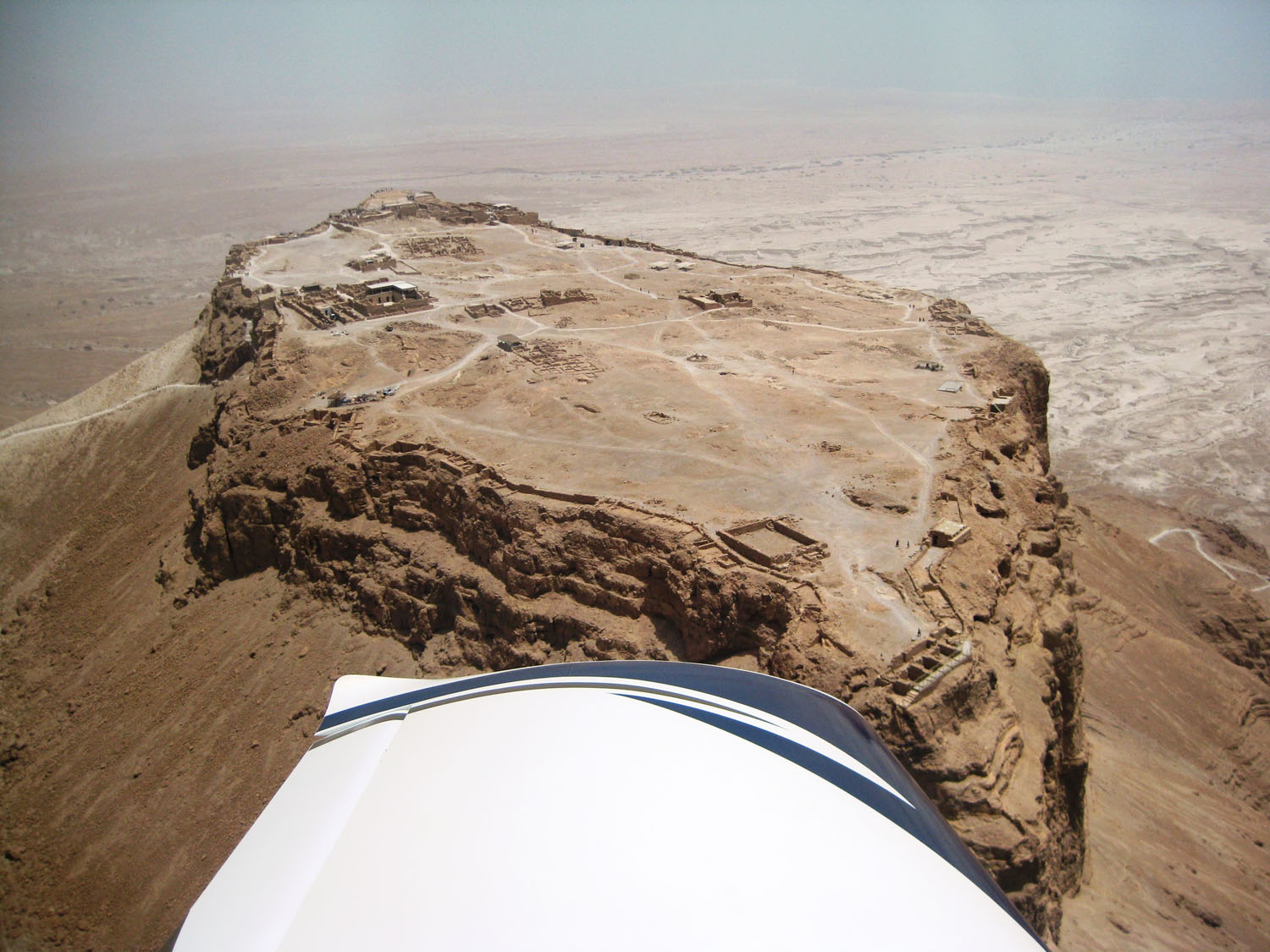
Flights within Israel
The only thing they require is precise navigation, not to fly too near the borders, not overfly areas controlled by the Palestinian Authorities, and maintain set altitudes.
Genazareth lake (Tiberias) and Dead Sea lie 1,400 feet below sea level, so you have to set your altimeter at sea level in Haifa and not to change it as the altitudes are always expressed at sea level pressure. Metzada mountain is 1,500 feet high so you fly at 100 feet (sea level) but you have 1,500 feet below your plane.
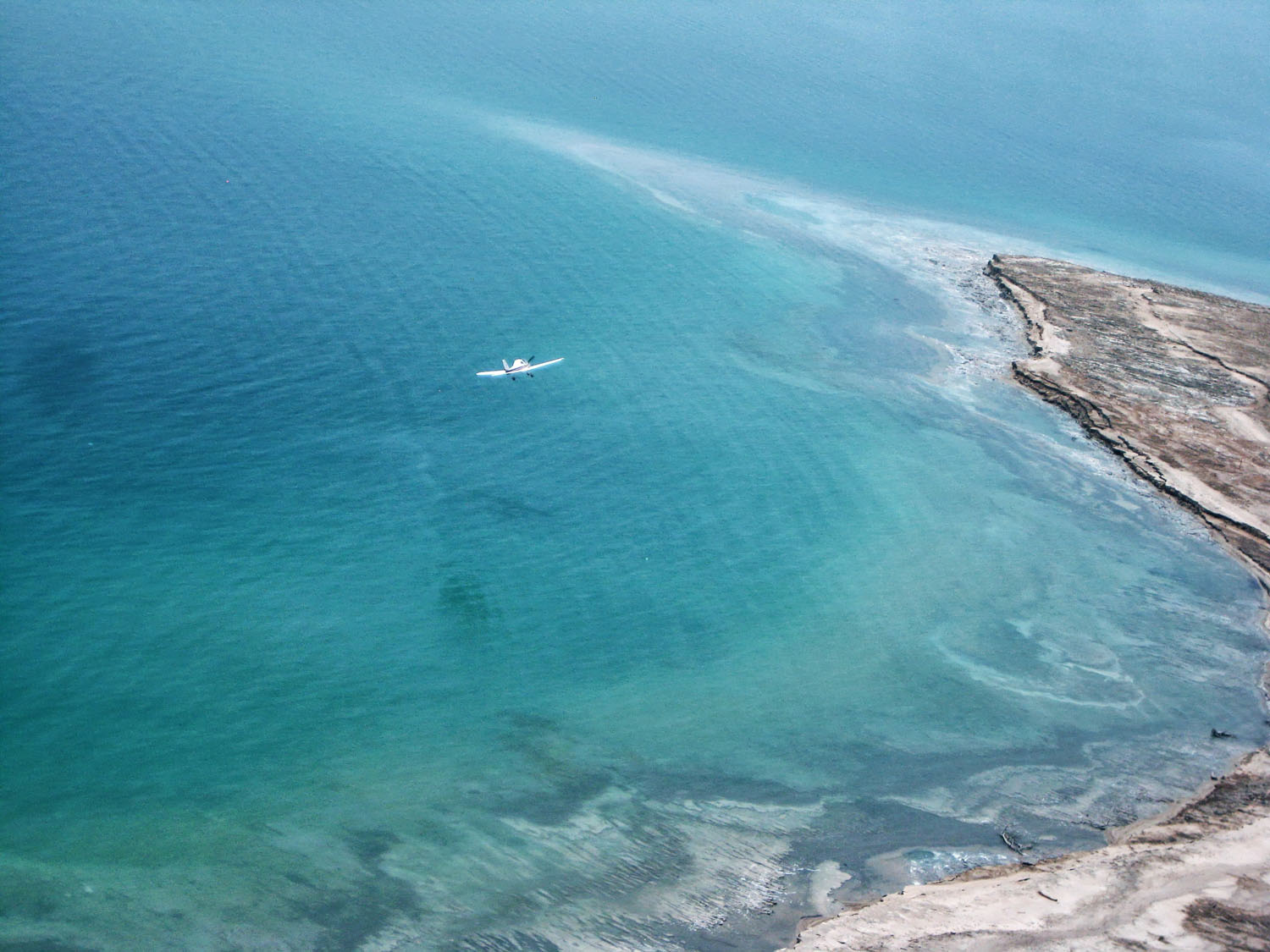
There are a lot of small fields in Israel built by the British during their Palestinian mandate. They are well maintained, all hard surface and usually 2,600 – 5,000’ long. We have landed at Metzada, on the Dead Sea, went for a swim there (the salt content is so high that you can sit on the water and read a newspaper) then flew to Ein Yahav in the Negev stone desert and spent a night in a Bedouin tent.
No takeoff issues under extreme conditions: 40-45°C (104-113°F) outside temperature and minus1,400 feet. No Lycoming engine issues during a total of 40 hours flight. Oil temperature never exceeded 90°C (194°F) with CHT at 180°C (350°F). The original GlaStar oil cooler is oversized and it was a great advantage this time.
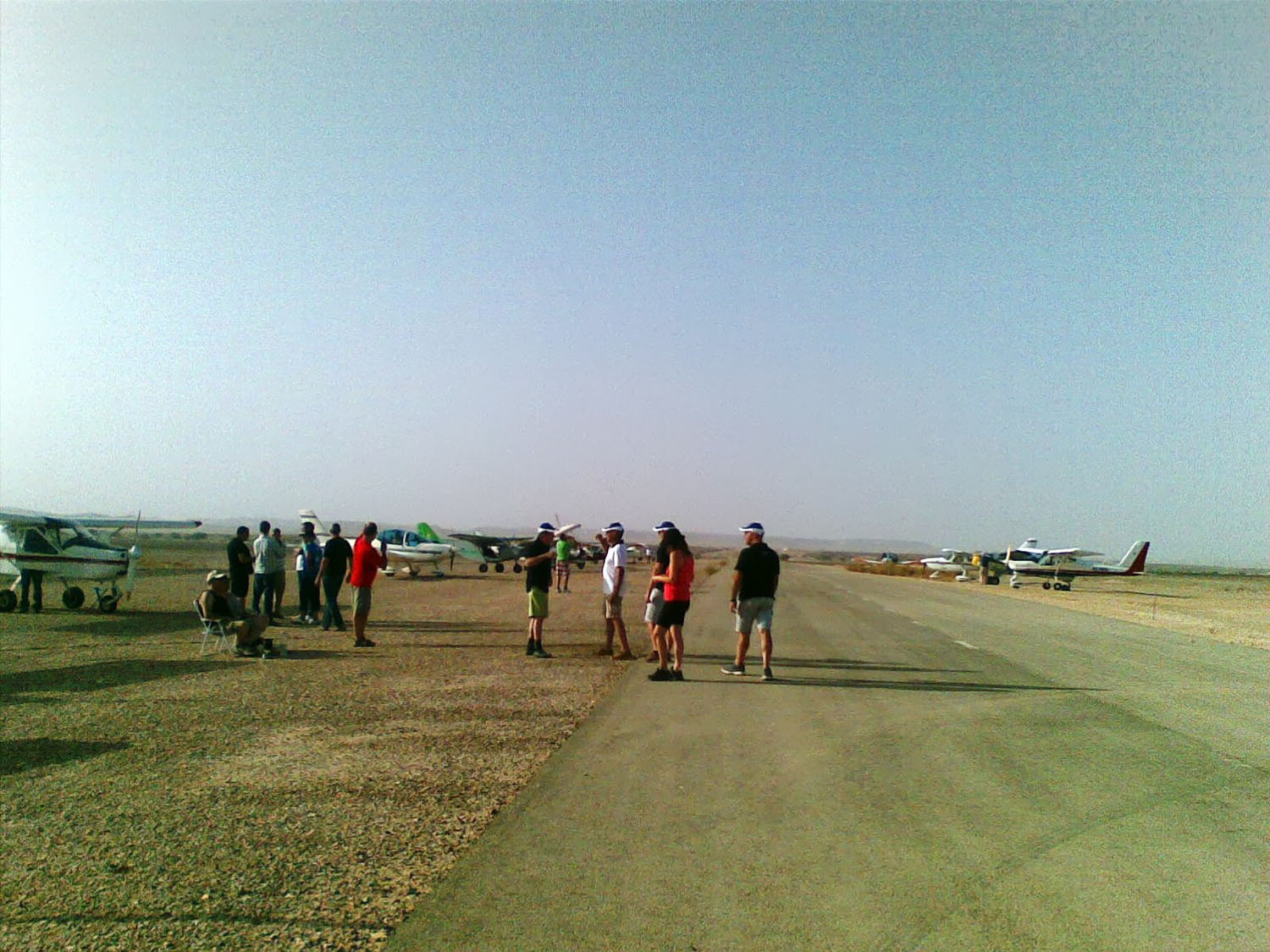
Israelis fly a lot. They have a Light Sport Aircraft Association with 150 flying members. (Israel is a small country with 7 million inhabitants), and the majority of the planes are of Italian production (different types of Tecnam and Texan).

Our arrival was a big event. It is not easy to obtain entrance permission, and it is not easy to get permission to fly our planes by ourselves without an Israeli pilot on board, so they were extremely happy to have us there. We were invited to sleep in their private homes, and for this occasion they organized an LSA fly- in. So at Ein Yahav field we were received by 40 Israeli planes and 80 pilots. Fantastic!
